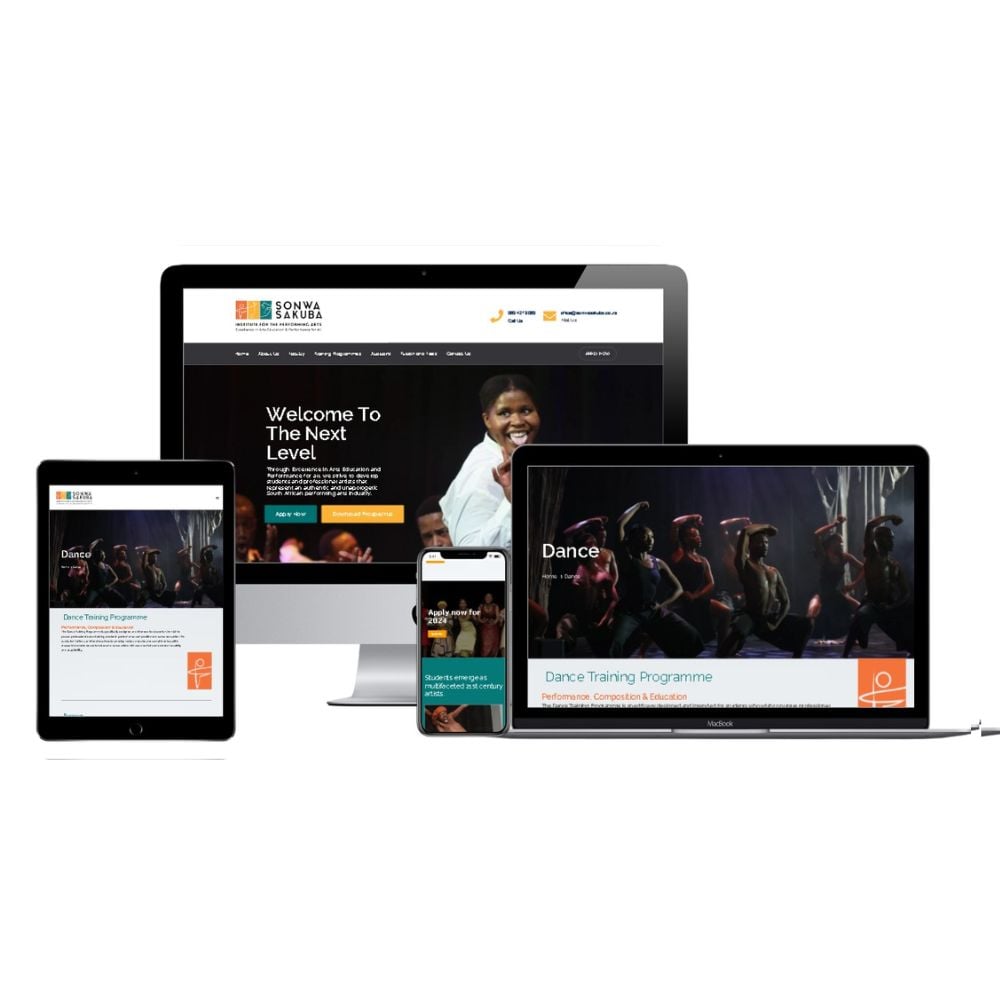Custom Website Design Solutions for Business Websites
Custom Website Design Solutions for Business Websites
Blog Article
Leading Tips for Developing an Impactful Site Design That Converts
To attain this, one should think about a variety of elements, consisting of comprehending the target audience, prioritizing individual experience, and maximizing for mobile systems. The calculated usage of compelling call-to-actions and a well-defined visual pecking order plays a crucial function in assisting customers through their journey.

Understand Your Target Market
Recognizing your target audience is basic to effective site design, as it lays the groundwork for producing an interesting individual experience. Identifying who your users are, including their demographics, choices, and actions, makes it possible for developers to customize the internet site's material, layout, and performance to satisfy details requirements.
Carrying out detailed marketing research is critical in this process. Studies, interviews, and analytics can provide beneficial insights into individual assumptions and pain points. By assembling this information, developers can develop customer identities that stand for various segments of the audience, ensuring that design choices are notified and appropriate.
Furthermore, recognizing the target market helps in choosing appropriate style components such as color design, typography, and imagery that reverberate with users. A site that talks directly to its target market cultivates a sense of connection and trust, motivating longer brows through and higher conversion rates.
Ultimately, a user-centered strategy to website style not just boosts customer satisfaction however additionally sustains business objectives by driving interaction and loyalty. By focusing on the needs and choices of the target market, an internet site can efficiently offer its purpose and accomplish wanted results.
Prioritize User Experience
To enhance the total effectiveness of an internet site, prioritizing user experience (UX) is crucial (Website Design). A properly designed UX makes sure that site visitors can browse the site easily, discover info rapidly, and engage with content meaningfully. This results in raised customer contentment and higher conversion rates
Begin by implementing instinctive navigation. Menus ought to be realistically structured, allowing users to locate crucial areas of the website with marginal effort. Uniformity in layout aspects, such as color design and typefaces, promotes familiarity, which is vital for maintaining individual interaction.
In addition, consider the loading speed of your site. A delay of just a few seconds can lead to considerable drop-offs, as users are less most likely to await a slow-loading web page. Simplifying photos and optimizing code can enhance efficiency and preserve visitors.
Moreover, clarity in material presentation is essential. Use succinct, interesting language and break up message with visuals to improve readability. By focusing on individual experience, you not only create an extra delightful setting for site visitors but also strengthen your brand's trustworthiness. Inevitably, an emphasis on UX is an investment in the lasting success of your web site.
Maximize for Mobile Tools
Maximizing for smart phones is critical in today's electronic landscape, where an increasing variety of individuals gain access to sites via mobile phones and tablet computers. A mobile-friendly design not only boosts user experience however also plays a substantial duty in enhancing online search engine positions. To accomplish this, it is vital to take on a responsive layout that automatically gets used to numerous screen sizes and orientations.

Filling rate is one more vital variable; mobile users are usually less client and anticipate quick access to information. Optimize pictures and take advantage of web browser caching to enhance performance. Test your site on several devices and screen resolutions to identify and rectify any type of possible usability problems. By prioritizing mobile optimization, you guarantee that your web site stays competitive and effectively involves a wider target market.
Usage Engaging Call-to-Actions
A site's performance often hinges on its capacity to assist visitors toward wanted activities, making compelling call-to-actions (CTAs) necessary components of design. CTAs work as the essential points that route customers to involve with the website, whether that means buying, registering for an e-newsletter, or downloading a resource.
To develop reliable CTAs, clarity is paramount. Usage succinct language that plainly communicates the action you want the user to take.
In addition, take into consideration using directional hints, such as arrows or photos, to direct customers towards these switches. By focusing on these elements, companies can considerably boost user interaction, driving conversions and inevitably accomplishing their internet site's goals.
Concentrate On Visual Hierarchy
Efficient site design depends heavily on a well-structured visual pecking order that guides individuals with material effortlessly. By arranging elements in a manner that focuses on information, developers can boost customer experience and help with decision-making. This involves making use of size, color, comparison, and spacing purposefully to accentuate the most important parts of a page.
Using larger font styles for headings and subheadings develops a clear difference between various areas, permitting individuals to scan content effortlessly. Furthermore, utilizing contrasting shades for buttons and calls-to-action can record customer attention and encourage interaction. Whitespace is one more vital component; it avoids mess and makes it possible for customers to focus on vital messages without interruptions.
Images and graphics ought to match the message while likewise sticking to the recognized hierarchy, strengthening the general message (Website Design). Consistency in layout components, such as color design and typography, additional enhances the visual pecking order, making navigating intuitive

Final Thought
Finally, efficient internet site style demands a detailed understanding of the target market, prioritization of customer experience, and mobile optimization. The calculated use of compelling call-to-actions and a well-defined aesthetic hierarchy additionally boosts individual involvement. By executing these principles, websites can attain higher useful reference conversion rates, making sure that design components not only draw in site visitors however also promote seamless navigation and interaction. Inevitably, a well-executed web site layout works as a vital part in driving address user activities and achieving organization objectives.
Report this page